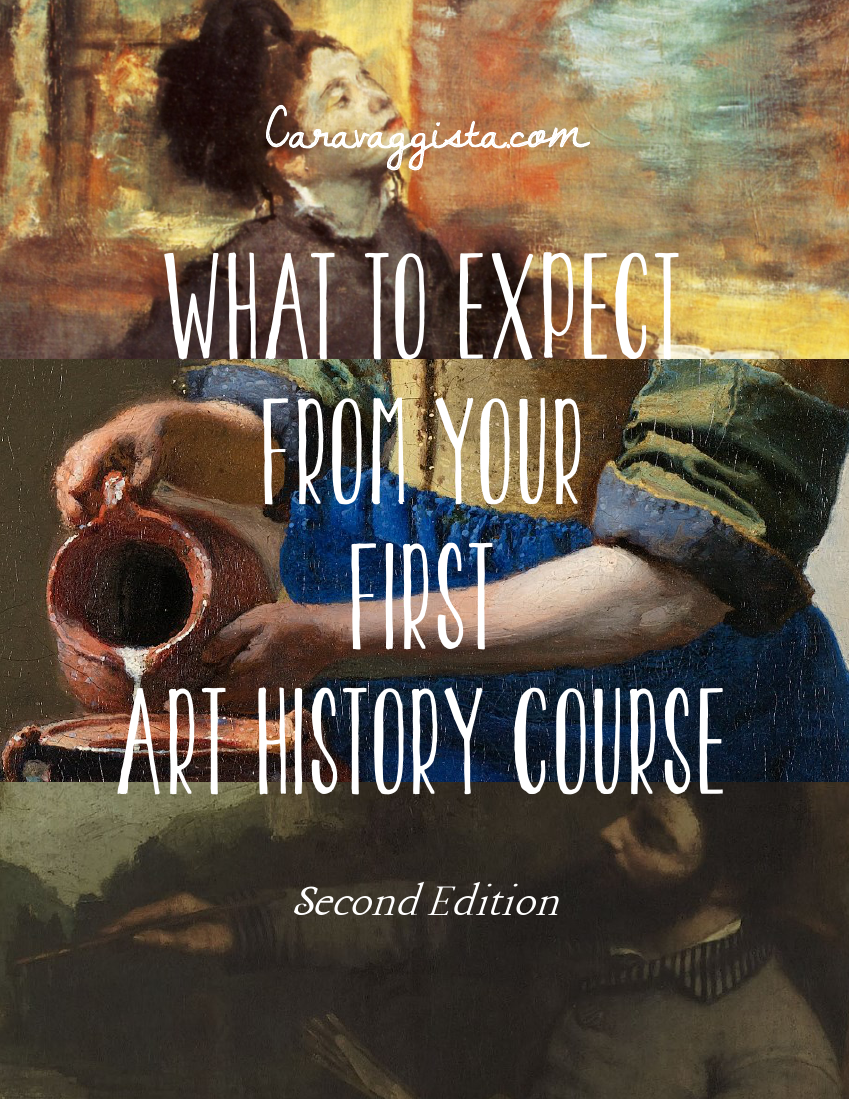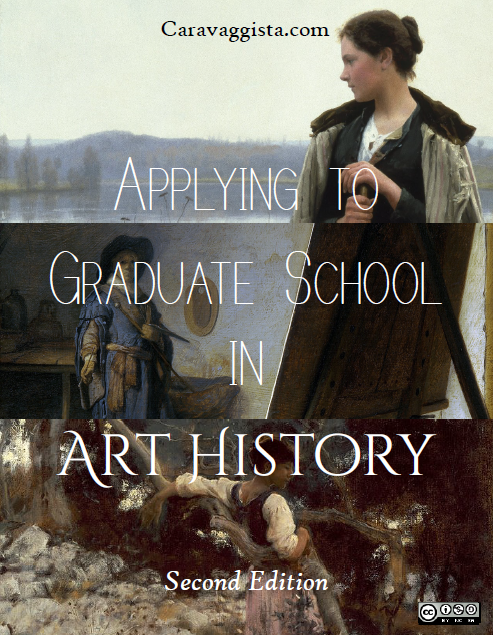Happy Birthday, Caravaggio!
Happy birthday Caravaggio! This year’s collection of images celebrating his birth are some of his self-portraits. The most moving of these, for me, are the ones where he inserts himself into the narrative: as a witness (fleeing) from Matthew’s martyrdom,…
A Quiet Holiness: Caravaggio’s Madonna di Loreto
Gentle, sensuous, tender, human. These are just a few of the words that describe Caravaggio’s depictions of the Virgin Mary. His Marian works rarely, if ever, reflect the same vibrant optimism seen in his peers’ paintings of the Virgin.1 Rather, glorification of the…
Salome, the femme fatale
According to Mark’s Gospel, Salome’s mother Herodias wanted John the Baptist dead because he spoke out against her marriage to her brother-in-law, Herod. Herod would not put John to death, because he “feared John, knowing that he was a righteous and…
Art History in the Digital Age
This week, The Getty is hosting a Digital Art History lab with the intent of making progress on the question of how the field of art history can and should function in the digital age. As Diane Zorich masterfully outlined…
The Disruptive Art of Giorgio de Chirico
Giorgio de Chirico (1888 – 1978) was a Greek-born Italian surrealist painter. His father was an Italian nationalist who moved to Greece for his job as a railway engineer. Coupled with the family’s support of a new Italy was a…
Correcting Public Perceptions of Art History
A few weeks ago, Storia dell’Arte published stories from readers who have told interested parties what they’re studying in college (art history) and have been met with insensitive responses. I have written about this before, but never from a solution-oriented angle. I…
On Anthropomorphism
In the March 2012 issue of the Art Bulletin, Notes From the Field discusses anthropomorphism. What is it? Is it a good term, or bad? Does it make sense in the modern world? Is it in the eye of the…


